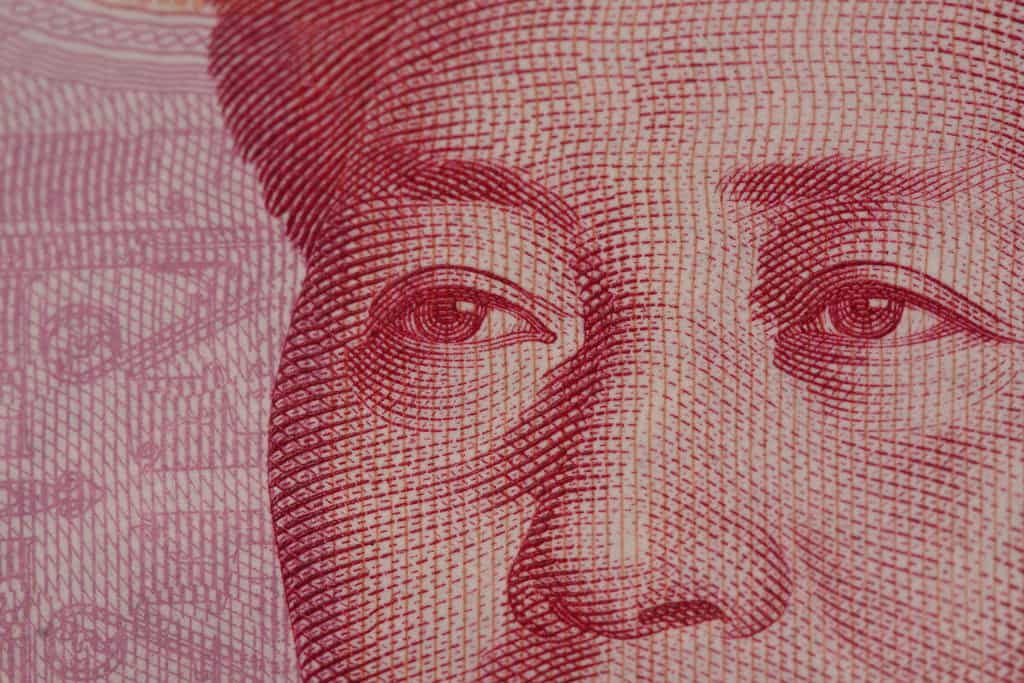One of the Chinese central bank’s senior-most officials and a sitting member of the National People’s Congress has expressed his opposition to hikes in benchmark deposit rates amidst efforts to deleverage the economy.
Sheng Songcheng ( 盛松成), director of the People’s Bank of China and former head of PBOC’s survey and statistics department, says that monetary policy will chart a middle course in 2018 and remain “neither tight nor loose.”
Speaking at the launch of the 2017 – 2018 China Macro-economic Condition Analysis and Forecast Annual Report (2017-2018中国宏观经济形势分析与预测年度报告) held by the Shanghai University of Finance and Economics on 23 December, Sheng said that monetary policy would not loosen next year, market liquidity would remain tight for some time to come, while market interest rates would see some modest fluctuations at high levels.
Sheng said that while China’s financial deleveraging campaign had achieved significant results they still required “consolidation,” and the Chinese economy continued to face downward pressure despite remaining on an even keel.
For this reason Sheng said that regulators should do their utmost to prevent financial institutions transferring increases in capital costs to non-financial enterprises, and gains in financing costs for the real economy.
Sheng also emphasised his opposition to any interest rate hikes, which he notes play out very differently within China.
“US Federal Reserve rate hikes have a different significance compared to rates hikes by the Chinese central bank – when China ‘hikes rates,’ this normally refers to increases in the benchmark deposit rate.
“Compared to the US, China’s monetary policy and transmission mechanisms are all different. US interest rates can be divided into the policy rate (the Federal Funds rate), and the actual rates implemented by financial markets.
“When the US Fed hikes rates, this means that the US government is raising the Federal Funds target rate to guide actual rates implemented by financial markets…US monetary policy using pricing-model adjustments as the chief form of guidance.
“In China, however, quantitative adjustment continues to play an important role. At present gains in Chinese financial market rates are the result of the tightness in liquidity on financial markets caused by financial deleveraging, and not the cause.
“China’s interest rate system is also more complex. The People’s Bank of China guides financial market rates (interbank lending rates, bond market rates etc.) by means of the policy rate and reverse repos and medium-term lending facilities.
“At times market rates can also impact policy rates. In addition to this, we also have the benchmark deposit rate, which directly impacts the borrowing costs for non-financial enterprises.
“Commercial banks use this benchmark rate as the foundation for the deposit rates they provide to the real economy.
“In accordance with the spirit of the Central Economic Work Conference, stable monetary policy must be kept neutral, the sluice gate of the money supply must be managed, rational growth in money and credit and social financing must be maintained, and the fundamental stability of the RMB exchange rate must be kept at rational balanced levels, in order to expedite the healthy growth of a multi-tier capital market, better service the real economy, and firmly guard against the bottom line against systemic financial risk.
“This does not at all mean that we should raise the benchmark deposit rate.”



